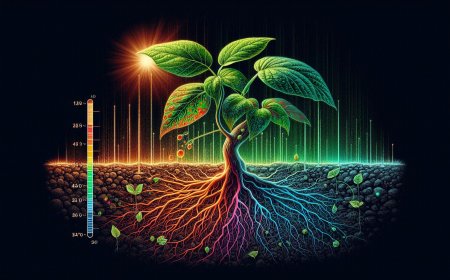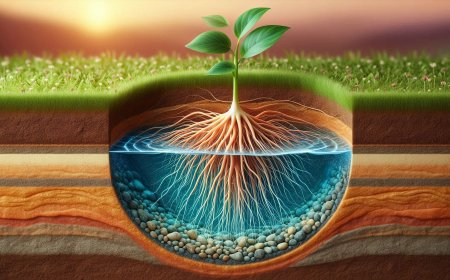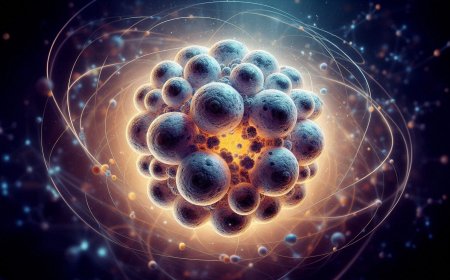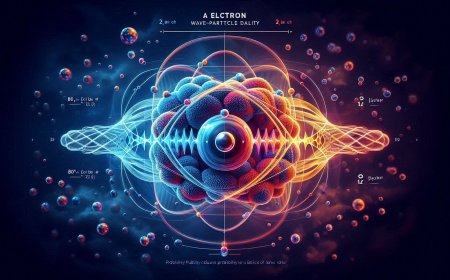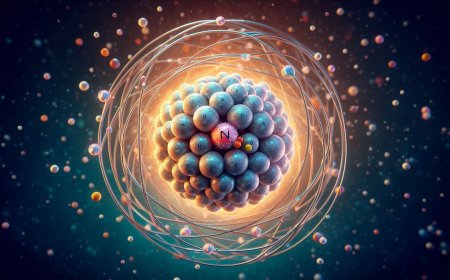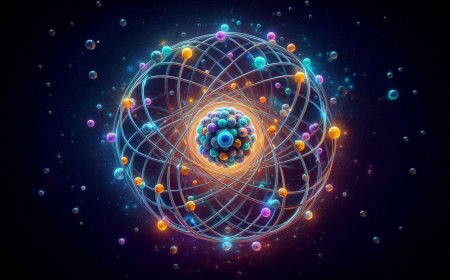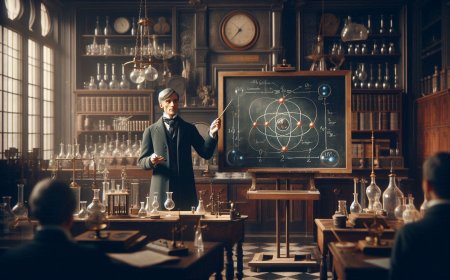Unveiling the Atom: The Building Block of All Matter
Explore the fascinating world of atoms, the building blocks of all matter. Learn about atomic structure, history, and significance in chemistry and physics. Discover how atoms interact to form compounds, power reactions, and fuel technological advancements.
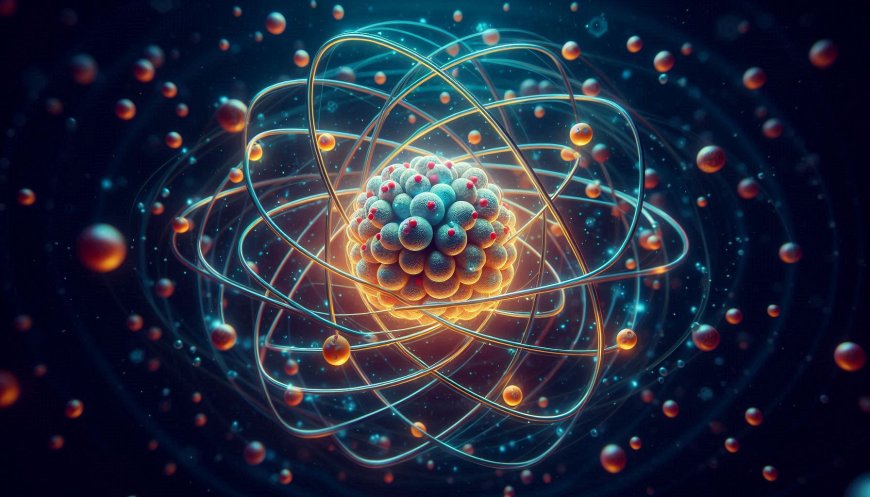
In the world of chemistry, few concepts are as fundamental or as fascinating as the atom. Often described as the basic building block of all matter, the atom forms the foundation of everything we see, touch, and experience. Despite being incredibly small, atoms hold the secrets to understanding the physical universe, from the air we breathe to the stars we gaze upon. Let’s delve into the mesmerizing world of the atom, exploring its structure, history, and significance in modern science.
What is an Atom?
At its most basic, an atom is the smallest unit of an element that retains the properties of that element. Every element in the periodic table – whether it's hydrogen, oxygen, or gold – is composed of atoms. But what makes an atom truly fascinating is the complex inner structure that defines its behavior and properties.
Each atom consists of three main particles: protons, neutrons, and electrons. Protons and neutrons form a dense core called the nucleus at the center of the atom, while electrons orbit this nucleus in regions known as electron clouds or shells. The number of protons in the nucleus, known as the atomic number, determines the type of element. For instance, all atoms with one proton are hydrogen atoms, while those with six protons are carbon atoms.
A Journey Through History: From Philosophy to Quantum Theory
The concept of the atom dates back to ancient Greece, where philosophers like Democritus theorized that matter could be divided only up to a point – the indivisible “atomos,” meaning “uncuttable.” For centuries, this remained a philosophical concept, with no way to observe or prove its existence.
It wasn’t until the 19th and 20th centuries that scientific advancements allowed scientists to begin understanding the atom’s structure. John Dalton, a British chemist, first proposed that elements were made of tiny, indivisible particles called atoms. Later, the discovery of electrons by J.J. Thomson revealed that atoms were not indivisible but made up of even smaller particles. This revelation set the stage for quantum theory, a branch of physics that investigates the behavior of subatomic particles and has transformed our understanding of atoms.
The Structure and Behavior of Atoms
In modern atomic theory, atoms are far from simple. Electrons do not simply orbit the nucleus in predictable paths like planets around the sun; instead, they exist in probability zones or “clouds,” where they are likely to be found. Quantum mechanics describes these behaviors, which are governed by probabilities rather than certainties.
Protons and neutrons within the nucleus are also composed of even smaller particles called quarks, held together by fundamental forces. The forces within the atom are incredibly strong, giving atoms their stability, but they also allow for reactions – such as fusion and fission – that release enormous amounts of energy. Nuclear fusion powers the stars, while nuclear fission fuels nuclear power plants on Earth.
The Role of Atoms in Modern Chemistry
Atoms are the foundation of chemical reactions. When atoms interact, they form bonds by sharing or exchanging electrons, creating molecules and compounds with distinct properties. The structure of an atom – its number of protons, neutrons, and electrons – determines how it will react with other atoms, leading to the vast diversity of materials and substances in the world.
In today’s scientific landscape, understanding atoms is crucial to fields ranging from materials science to medicine. Advances in atomic theory have led to groundbreaking technologies like MRI machines, which rely on the magnetic properties of atoms in the body, and semiconductors, which use the electrical properties of atoms to power modern electronics.
Why Atoms Matter
Atoms are more than just particles; they are the essence of matter itself. Everything we experience – from the oxygen in the atmosphere to the carbon in a diamond – is a result of atomic interactions. Understanding atoms allows us to unlock the mysteries of the universe and harness its forces in remarkable ways, from generating clean energy to developing new materials.
In conclusion, the atom is a gateway to the fundamental nature of the universe. Each tiny atom holds the secrets of creation, the potential for immense energy, and the power to transform our world. As science continues to advance, the atom remains at the heart of discovery, showing us that the smallest things can indeed have the biggest impact.
What's Your Reaction?







